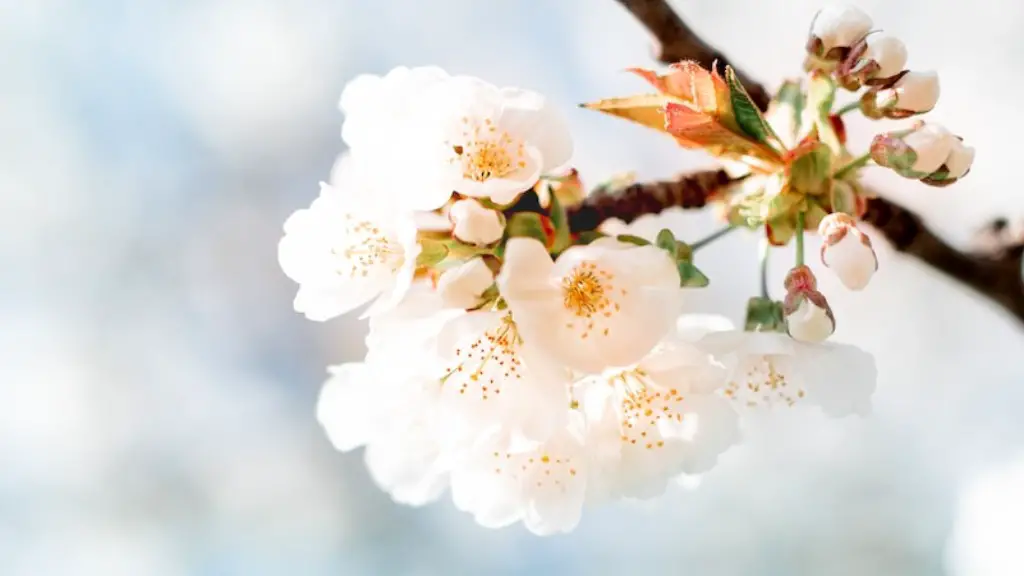It’s a common experience to enjoy delicious avocado fruits in your garden and on your platter. Eating avocados is so delicious that they offer lots of nutritious value. But sometimes, the chances are, you notice that your avocado tree leaves have been eaten and it’s easy to feel panicked and wonder what has caused the holes in the leaves. In fact, the cause could be several different things. This article will provide evidence for 4 common causes of leaf damage and outline the best solutions for each. For the purpose of this article, we have looked at expert advice from the Government of Queensland Avocado Expert Panel and conducted an in-depth analysis of the causes and solutions.
Pests
The most frequent cause of holes in avocado tree leaves is due to pests. These can be birds, caterpillars, cicadas, earwigs, mangrove borers and mites. The main solutions provided by the Government of Queensland are to remove the pests manually or use organic sprays like neem oil or pheromone traps specifically targeted to the pest causing the damage, e.g. earwigs can be attracted to beer traps, while mites can be brought under control by introducing beneficial predators like ladybugs. If a pest infestation is large, then it may also be necessary to use a chemical pesticide.
Herbicide Damage
Herbicide damage is also possible. This is common when herbicide or chemical fertilizer is accidentally applied to an avocado tree and absorbs through the roots. The best solution is to immediately flush the soil with water so that the plant will not absorb more of the herbicides. To restore fertility and promote healthy growth, consider applying organic amendments such as worm castings or compost.
Environmental Conditions
Extreme weather and climate can also cause damage to avocado tree leaves. In addition to pests, avocado trees can suffer from excess heat, cold, frost, or strong winds. To reduce the damage caused by these environmental conditions, try to shade the trees during hot periods, use mulch and cover the tree to protect from frost, and prune the branches and leaves to reduce wind exposure.
Over-watering and Over-fertilization
Over-watering and over-fertilization are two other common causes of avocado tree leaf damage. Too much water can drown the root system of the avocado tree, resulting in brown or yellowing leaves or lesions. To reduce water-related damage, try to keep the soil consistently moist but not soggy and avoid using chemical sprinklers. Similarly, too much fertilizer can overwhelm the tree’s root systems, resulting in stunted growth, nutrient deficiencies, and yellowing of leaves, as well as damage from excess salts and chemicals.
Natural Predators
Natural predators can also be a cause of avocado tree leaf damage. These can include animals such as possums, rabbits, deer and other rodents. The best solution to reduce the impact of these pests is to fence off the garden with a solid fence, or use electric fencing if the budget allows, this will also help protect against larger predators like boars. Alternatively, repellents such as mothballs, blood meal, or specialised repellents like Riddex may be helpful in some cases.
Preventative Measures
Apart from the solutions for each of the causes, there are preventative measures that can be taken to reduce the likelihood of avocado tree leaf damage. Regular pruning can help increase air circulation and help reduce pest issues. Check for pests regularly, both indoors and outdoors, and try to keep the area around the tree clean of plant debris and organic matter. Consider using beneficial predators like ladybugs and predatory mites, rather than chemical pesticides. Finally, it is important to use the right amount of water and fertiliser for the tree. Too little or too much can both lead to issues.
Pruning and Soil Health
Another preventative measure to consider is pruning and soil health. Pruning is essential to balance the canopy and promote good air circulation, a healthy crown structure, and better photosynthesis. Pruning should be undertaken at least twice a year, in the spring and summer. In terms of soil health, it is essential to improve soil structure, promote healthy plant roots, and create a better environment for beneficial microbes. Organic soil amendments, such as compost and worm castings, can help improve soil health and fertility.
Diseases
Diseases such as Phytophthora root rot or powdery mildew can also cause damage to avocado tree leaves. To combat these, improve soil drainage and aeration, minimise surface wetness, and avoid over-fertilization. It is also important to remove dead or diseased branches and leaves, and practice crop rotation in order to reduce the risk of disease. If a problem is identified, consult a professional or contact the relevant agricultural department for further advice.
Fertilizing and Watering
Fertilizing and watering are also important to minimize avocado tree leaf damage. For fertilizing, it is important to use fertilizers specifically designed for avocado trees. These should be applied in accordance with the label directions, and in combination with a soil test. Watering is equally important, and it helps to water in the morning so that the leaves have time to dry before nightfall. Water deeply and avoid wetting the leaves (especially in areas prone to fungal diseases).
Keeping a Close Watch
Finally, it is essential to keep a close watch on any changes in the tree. Inspect the leaves regularly for signs of damage and watch out for signs that suggest a problem. These could include yellowing of the leaves, lesions, or wilting. In the event that you spot any of these signs, it is best to investigate further and take the necessary steps to resolve the issue. This may include consulting professionals or using organic pesticides, fertilizers, or other preventative measures.
